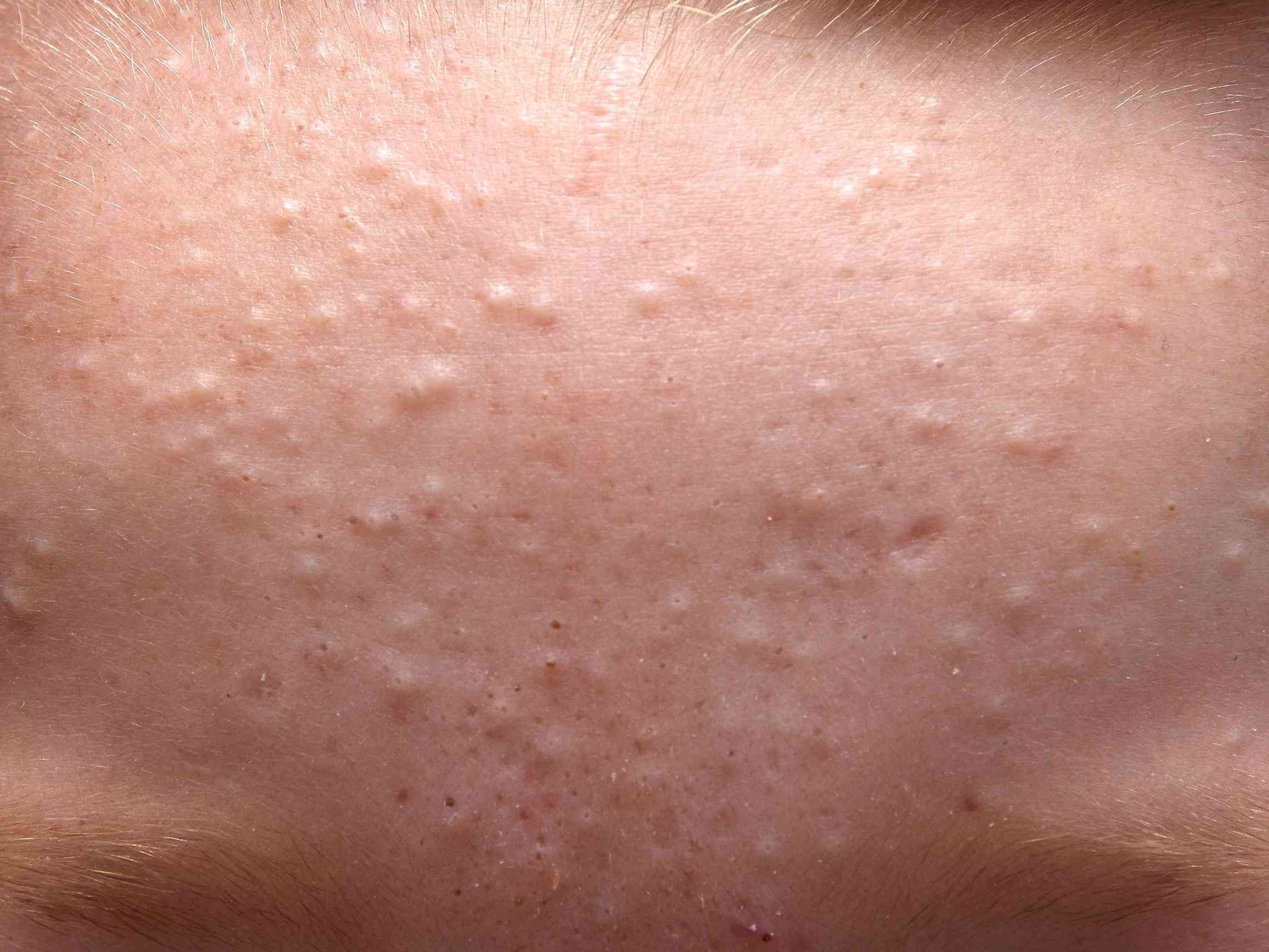
What is a comedo? Simply put, a comedo is a clogged hair follicle in the skin. These pesky little things are better known as blackheads or whiteheads. They form when dead skin cells, oil, and bacteria get trapped in your pores. Blackheads are open comedones, appearing dark due to oxidation, while whiteheads are closed comedones, staying beneath the skin's surface. Understanding comedones is crucial for anyone dealing with acne or skin issues. They can appear anywhere on the body but are most common on the face, neck, back, and shoulders. Knowing what they are and how they form can help you manage and prevent them effectively.
What is a Comedo?
A comedo is a clogged hair follicle (pore) in the skin. It can be open (blackhead) or closed by skin (whitehead). These are common in acne and can be annoying. Let's dive into some interesting facts about comedones.
Types of Comedones
Understanding the different types of comedones can help in managing them better.
- Blackheads are open comedones. The dark color isn't dirt but oxidation of melanin.
- Whiteheads are closed comedones. They stay under the skin and appear as small, white bumps.
- Microcomedones are tiny comedones that are not visible to the naked eye.
- Macrocomedones are larger than 2-3 mm and can be more noticeable.
- Solar comedones are caused by sun damage and usually appear on the face.
Causes of Comedones
Several factors contribute to the formation of comedones.
- Excess oil production can clog pores, leading to comedones.
- Dead skin cells can accumulate and block hair follicles.
- Hormonal changes during puberty, menstruation, or pregnancy can increase oil production.
- Certain medications like corticosteroids and androgens can cause comedones.
- Diet high in sugars and dairy products might contribute to acne and comedones.
Prevention and Treatment
Knowing how to prevent and treat comedones can keep your skin clear.
- Regular cleansing helps remove excess oil and dead skin cells.
- Exfoliation can prevent dead skin cells from clogging pores.
- Non-comedogenic products are less likely to clog pores.
- Topical retinoids can help unclog pores and prevent new comedones.
- Salicylic acid helps exfoliate the skin and clear pores.
- Benzoyl peroxide reduces bacteria and helps clear comedones.
- Chemical peels can remove the top layer of skin, reducing comedones.
- Laser and light therapies can reduce oil production and kill bacteria.
- Healthy diet with less sugar and dairy might help reduce comedones.
Myths and Misconceptions
There are many myths about comedones that need to be cleared up.
- Myth: Blackheads are caused by dirt. Fact: They are caused by oxidation of melanin.
- Myth: Popping comedones helps. Fact: It can lead to scarring and infection.
- Myth: Only teenagers get comedones. Fact: Adults can get them too.
- Myth: Sun exposure clears comedones. Fact: It can actually worsen them.
- Myth: Washing your face more often prevents comedones. Fact: Over-washing can irritate the skin and increase oil production.
Interesting Facts
Here are some lesser-known facts about comedones.
- Comedones can appear anywhere on the body, not just the face.
- Stress can worsen comedones by increasing oil production.
- Genetics play a role in the likelihood of developing comedones.
- Certain fabrics like polyester can trap sweat and oil, leading to comedones.
- Smoking can increase the risk of developing comedones.
- Comedones can be seasonal, often worsening in the winter due to dry skin.
- Makeup brushes can harbor bacteria and contribute to comedones if not cleaned regularly.
- Sleeping with makeup on can clog pores and lead to comedones.
- Hydration is key; drinking plenty of water can help keep skin clear.
Understanding comedones is the first step in managing them effectively. By knowing the types, causes, prevention, and treatment, you can keep your skin healthy and clear.
Final Thoughts on Comedones
Comedones, those pesky little skin issues, are more common than you think. They come in two main types: blackheads and whiteheads. Blackheads are open and exposed to air, turning dark, while whiteheads stay closed under the skin. Both can be caused by excess oil, dead skin cells, and bacteria clogging pores.
Good skincare habits can help manage and prevent comedones. Regular cleansing, exfoliating, and using non-comedogenic products are key. If over-the-counter treatments don't work, seeing a dermatologist might be necessary. They can offer stronger treatments like retinoids or even extractions.
Understanding comedones and how to treat them can make a big difference in your skin's health. So, keep these facts in mind, and you'll be better equipped to tackle those stubborn spots.
Was this page helpful?
Our commitment to delivering trustworthy and engaging content is at the heart of what we do. Each fact on our site is contributed by real users like you, bringing a wealth of diverse insights and information. To ensure the highest standards of accuracy and reliability, our dedicated editors meticulously review each submission. This process guarantees that the facts we share are not only fascinating but also credible. Trust in our commitment to quality and authenticity as you explore and learn with us.
